So your dog's doing laps around the couch for the fifth time today. Yep, sounds like a classic case of hyperactive dog energy. Don't sweat it. Learning how to train a hyper dog isn't rocket science. But it does take patience, consistency, and maybe a few dog treats as bribes.
These pups aren't troublemakers. They're just active dogs who need something better to do than chew your shoes. With the right moves, you can teach your canine companion to stay cool and focused and still have a blast.
This guide's got your back. Read on for some solid tips and real results.
What Does It Mean To Have a Hyper Dog?

A hyper dog has two speeds: zoom and zoom faster. They're the ones running circles around your coffee table while you're still trying to tie your shoes. If your pet acts like every day is a game of tag, welcome to the club.
Certain dog breeds naturally have more pep in their step. Border Collies, Australian Shepherds, and other high-energy canines were born ready to work and play. They need more than a quick walk around the block. They crave mental and physical stimulation all day long.
So, if your pup seems like a furry tornado, don't worry. It's not bad behavior to blame. It's their excess energy trying to find a way out.
Breed-Specific Energy Levels and Genetics
For certain breeds, such as Border Collies, Australian Shepherds, and Jack Russells, staying still is not their thing. Blame it on genetics. Some dogs are simply born with batteries that never quit.
These active dogs were originally bred to herd, hunt, or work. That means they need a job... or they'll make one.
If your canine companion belongs to a high-energy breed, expect lots of daily exercise, games, training sessions, and dog sports. It's important to match their routine to their breed's drive. Otherwise, all that extra energy will find its own (usually chaotic) outlet.
Lack of Physical or Mental Stimulation
Physical exercise burns off steam, but mental challenges keep dogs' brains busy and out of trouble. Without physical and mental stimulation, your pup will find "fun" in all the wrong places.
Chewed shoes, shredded pillows, and wild zoomies at midnight are all classic signs your pooch needs more to do. Puzzle toys, scent games, obedience training, and trips to the dog park can make a huge difference.
Our canine friends get bored just like us. And many dogs, especially puppies and certain breeds, need regular action. Give them a challenge, and you'll see the hyperactivity start to chill.
Anxiety, Excitement, or Attention-Seeking Behavior
Sometimes, your dog is anxious, overly excited, or straight-up craving your attention. And yes, even bad attention counts in their book.
If your pooch barks non-stop, jumps like a pogo stick, or starts acting out when you pick up the leash, they might be reacting to a trigger. It could be separation anxiety, boredom, or just attention-seeking behavior.
Figuring out the "why" behind the hyperactivity helps you respond appropriately. Instead of punishing them, instruct them on how to stay calm and attentive. Spoiler: Training, routine, and the right toys are your new best friends.
Diet and Its Impact on Energy Levels
If your hyper sidekick is bouncing off the walls, their food might be fueling the madness. Sugary snacks or low-quality kibble can lead to more wiggles than you bargained for.
Look for well-balanced meals with real ingredients. Some treats sneak in fillers and junk that mess with your pet's concentration. If your dog's acting wild for no clear reason, check the label on their dinner bowl.
Want more serenity and less chaos? Try incorporating natural additions that support mood and concentration. A few tweaks in your dog's diet could be the secret to a calmer, cooler canine.
How To Identify Hyper vs. Normal High Energy

Some dog breeds come with extra zoom. They're not out of control but in need of the right outlets. Here's how you know if your pet's just energetic or in full-on hyperactivity mode:
- Signs of Hyperactivity in Dogs. Constant motion, no off switch, ignoring cues, jumping on everything, and struggling to settle. That's even after long walks or playtime.
- When Energy Crosses Into Problematic Behavior. If your dog can't concentrate during training, reacts to every sound, or shows signs of agitation or anxious behaviors, it might be more than just high energy. That's when it's time to step in with structure, training, and a solid routine.
Helping Your Dog Relax Naturally To Allow More Focus
Before your hyper pup can learn anything, they need to calm down. Relaxation comes first, and focus comes after.
Start by creating a chill space. Soft lighting, a cozy crate setup, and their favorite toys can help settle those wild vibes. Add in some quiet time after walks or training sessions so they can decompress.
You don't have to force calm; you just have to make it easier for them to get there. A little peace goes a long way in prepping your dog to listen, learn, and finally stay still (for about five seconds).
Structured Daily Routines and Calm Training Environments
Dogs thrive on routine. If your hyperactive dog doesn't know what's coming next, they're more likely to spin out of control. A set schedule helps them feel secure and way less chaotic.
Feed them, walk them, and train them around the same time each day. It sounds simple, but it's magic for their brain. Predictability helps reduce agitation and keeps them from becoming furry wrecking ball.
And don't forget the space. Loud noises, distractions, and an overall wild environment are no-gos. Keep it peaceful, clear, and consistent. Less chaos equals better concentration.
Natural Calming Aids Like CBD and Herbal Blends
Some hyper dogs may need a little extra help unwinding, and that's where natural calming aids come in. We're talking about dog-safe options made with soothing herbs or gentle ingredients like CBD (cannabidiol).
CBD is a natural remedy that works with your dog's endocannabinoid system (ECS) to support relaxation and comfort without making them groggy. Think of it as helping them chill without knocking them out.
Want something trusted and tasty? Check out HolistaPet's all-natural, vegan-friendly, non-GMO, vet-approved, and third-party lab-tested CBD options. Our CBD Calming Chews, CBD Dog Treats for Anxiety, CBD Oils, and CBD Capsules are ideal for pups who need to mellow out.
The Importance of Keeping Your Cool During Training
Dogs mirror the mood of their pet parents. If you're stressed, rushed, or frustrated, your pup picks up on that fast. When training a hyperactive pet, the goal is not control but calm consistency.
Losing your patience doesn't train them faster. It creates confusion. When you stay chill, your dog learns to stay chill, too. Think slow, steady, and full of praise.
Celebrate the little wins. Even getting them to settle for three seconds is progress. Keep your cool, take a breath, and remember: This isn't a sprint.
How To Train a Hyper Dog Effectively

Training a hyper dog effectively means working with their energy, not against it. You want to train them to concentrate and not just mindlessly follow orders.
Short, sweet sessions work best. Keep it fun and positive, and always end on a win. This builds confidence and trust between you and your canine companion.
Don't expect overnight magic. Dogs with high energy need time, patience, and a whole lot of treats. But with the right approach, even the wildest pup can learn to listen.
Using Positive Reinforcement To Encourage Calmness
Yelling won't work, but treats, praise, and a happy voice will. Positive reinforcement shows your hyperactive dog that calm behavior gets rewards. Barking and bouncing, not so much.
Catch your pet doing something right—like staying put, making eye contact, or chilling on their bed—and reward it immediately. Use dog treats, belly rubs, or their favorite toy as a "thank you."
Reinforce calmness, not just commands. Every time your pup settles without coaching, that's golden. Over time, they'll learn that mellow equals magic.
Choose a Behavior or Trick To Teach and Start With Slow, Small Steps
Pick one simple behavior, like sit or stay, and start slow. Break it down into baby steps. If you're teaching "stay," start with two seconds, not 20.
Use a calm voice, reward every success, and repeat a lot. These training sessions don't need to be long. They just need to be clear.
Overwhelming your pup with too much at once sets them up to fail. Small steps build confidence, keep their attention, and help you both stay sane. One command at a time is the game plan.
Rewarding Desired Behaviors Consistently
Your hyper companion needs clear feedback. If you want them to repeat a behavior, reward it every single time. Consistency is what makes it stick.
Don't wait too long. Reward the moment your pup does the right thing. Sat down when you asked? Treat. Made eye contact instead of jumping? Treat. Calm during chaos? You know what to do: treat!
Skipping rewards or being random with praise just confuses them. Reinforce the good stuff like clockwork, and you'll start seeing it more often.
Teaching Focus and Impulse Control With Commands
Teaching a hyper dog to concentrate is like teaching a toddler to sit through a lecture: tricky but not impossible. The key is simple commands with lots of repetition.
Start with basics like "sit," "watch me," or "stay." Use a treat to guide their attention and reward them the moment they respond. Keep distractions low at first so they actually can succeed.
As your pup gets better, slowly level up the challenge. Add new sounds, toys, or people in the room. These exercises build impulse control and help your pet learn how to pause before going full tornado mode.
Training Games and Exercises for Mental Stimulation
Mental stimulation is just as important as a good walk, maybe even more. A hyper pup with a tired brain is way easier to train than one running on full zoom mode. Want to work their brain? Make it fun!
- Nose Work and Puzzle Toys. Hide treats around the house or use interactive toys that make them sniff and search. It's a great way to burn energy without breaking a sweat.
- Clicker Training and Trick Sessions. Teach your pooch simple tricks like "spin," "touch," or "high five." Add a clicker, and you've got a fast, efficient way to build skills and boost brainpower.
The Importance of Regular Physical Activity

Hyperactive dogs love movement. Regular physical activity isn't optional. It's the magic ingredient that helps burn off their wild energy before it turns into chaos.
Think long walks, dog park excursions, and a good old flying disc game. The more you move, the more your pup chills later.
Don't provide them with enough exercise, and you'll see the fallout fast. We're talking chewed shoes, zoomies, and running circles around everything. Make movement a daily must, and your furniture (and sanity) will thank you.
Tailoring Exercise To Match Your Dog's Energy Level
You have to match your dog's energy level to the right type of exercise. Some breeds were born to move and enjoy intense activities like canine sports and agility training. Smaller or older pets may prefer short walks and gentle play.
Pay attention to how your pet acts after activity. If they're still bouncing, add more. If they're wiped out, you've hit the sweet spot.
Outdoor Adventures, Walks, and Playtime Plans
Outdoor adventures keep dogs' bodies moving and brains buzzing. It's like recess for canines, and yes, they absolutely need it.
Plan long strolls, park visits, and weekend hikes. Mix it up to keep things exciting. Let them sniff, explore, and burn off that extra steam. A change of scenery can do wonders for many dogs.
Don't skip playtime, either. Toss a flying disc, set up scent games, or bring out the toys. The goal is to tire them out and make them happy.
Avoiding Common Mistakes With Hyper Dogs
Even the best pet parent can slip up when dealing with a hyper sidekick. But a few small changes can make a big difference. Watch for these common mistakes:
- Overstimulating During Training. Too many commands, too fast, with too much noise? That's a meltdown waiting to happen. Keep it simple and no fuss.
- Using Punishment Instead of Patience. Yelling or scolding doesn't fix hyperactivity; it just adds stress. Stay cool, stay consistent, and reward what you do want to see. Patience wins every time.
When To Get Extra Help
If you're feeling stuck, it might be time to bring in the pros. A certified dog trainer or behaviorist can create a custom plan that fits your dog's needs. They'll spot patterns, correct issues, and guide you step by step. You can choose group classes for social pups or private sessions for extra focus.
No shame in asking for backup. Some dogs need a little more support, and that's normal. The goal is progress, not perfection.
Final Thoughts – Hyper Dog Training
Training a hyper dog properly helps them shine. With the right combo of routine, exercise, mental stimulation, and some solid training, you can turn that chaos into calm.
Remember, every dog learns at their own pace. Celebrate the wins (even the tiny ones), stay consistent, and don't forget to laugh along the way. These pups keep life interesting, that's for sure.
Need a little help along the path? HolistaPet has calming treats and natural goodies that support a more attentive, relaxed canine companion. Calm is possible, and it can start today.
Find more training guides and dog care blogs here!



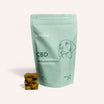


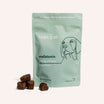
![Probiotics For Dogs [Soft Chews] - HolistaPet](http://www.holistapet.com/cdn/shop/files/Probiotic-Infographic-1_472d7a29-e30c-435a-9638-1365d8c3a9f9.jpg?v=1725384841&width=104)
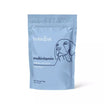




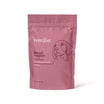
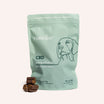

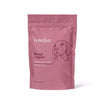
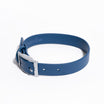
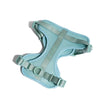
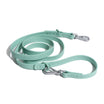

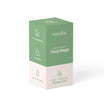
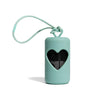
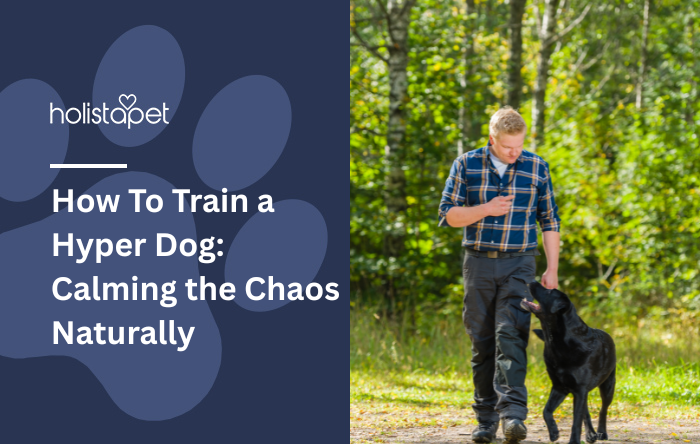


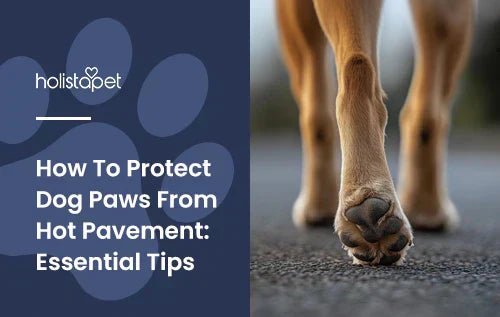

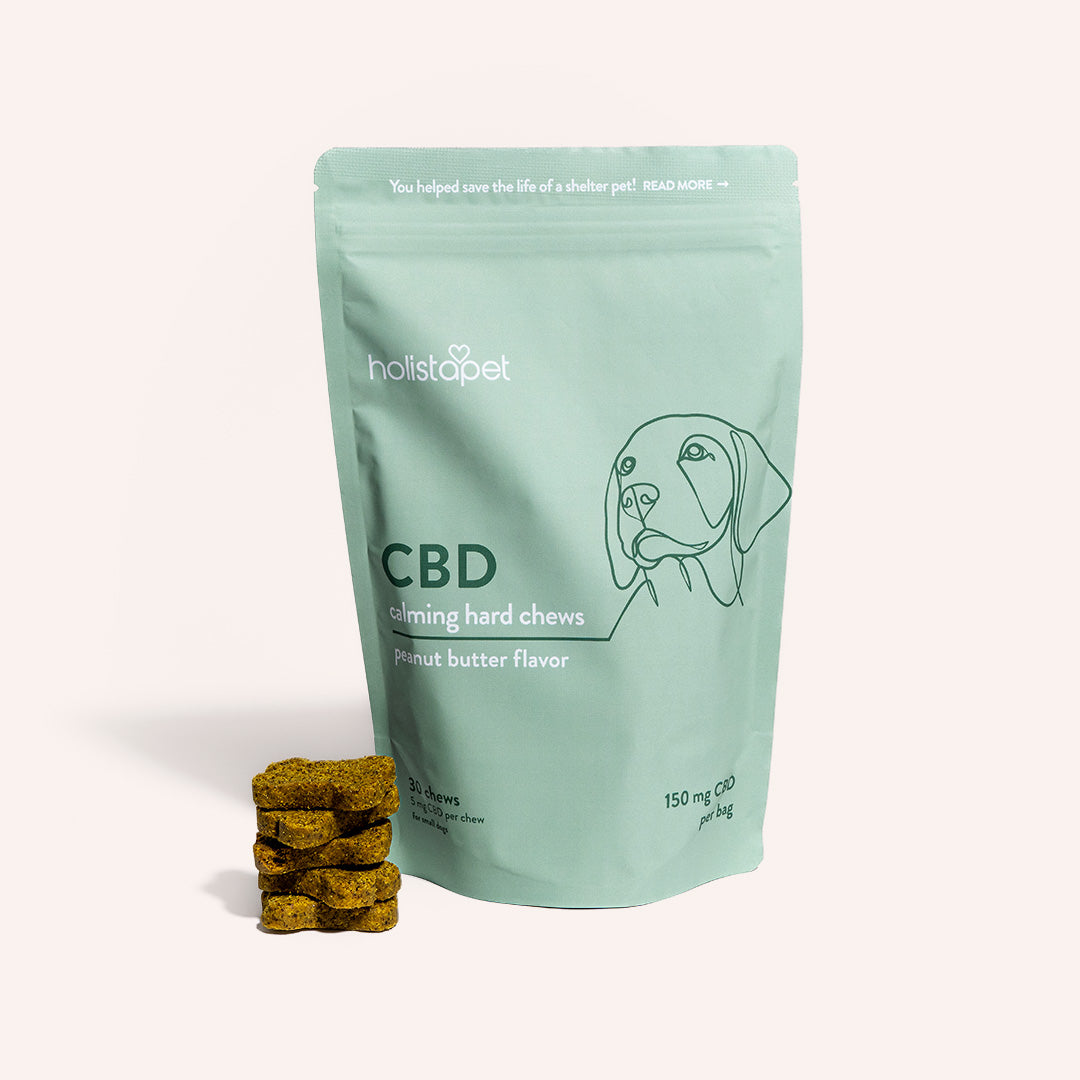
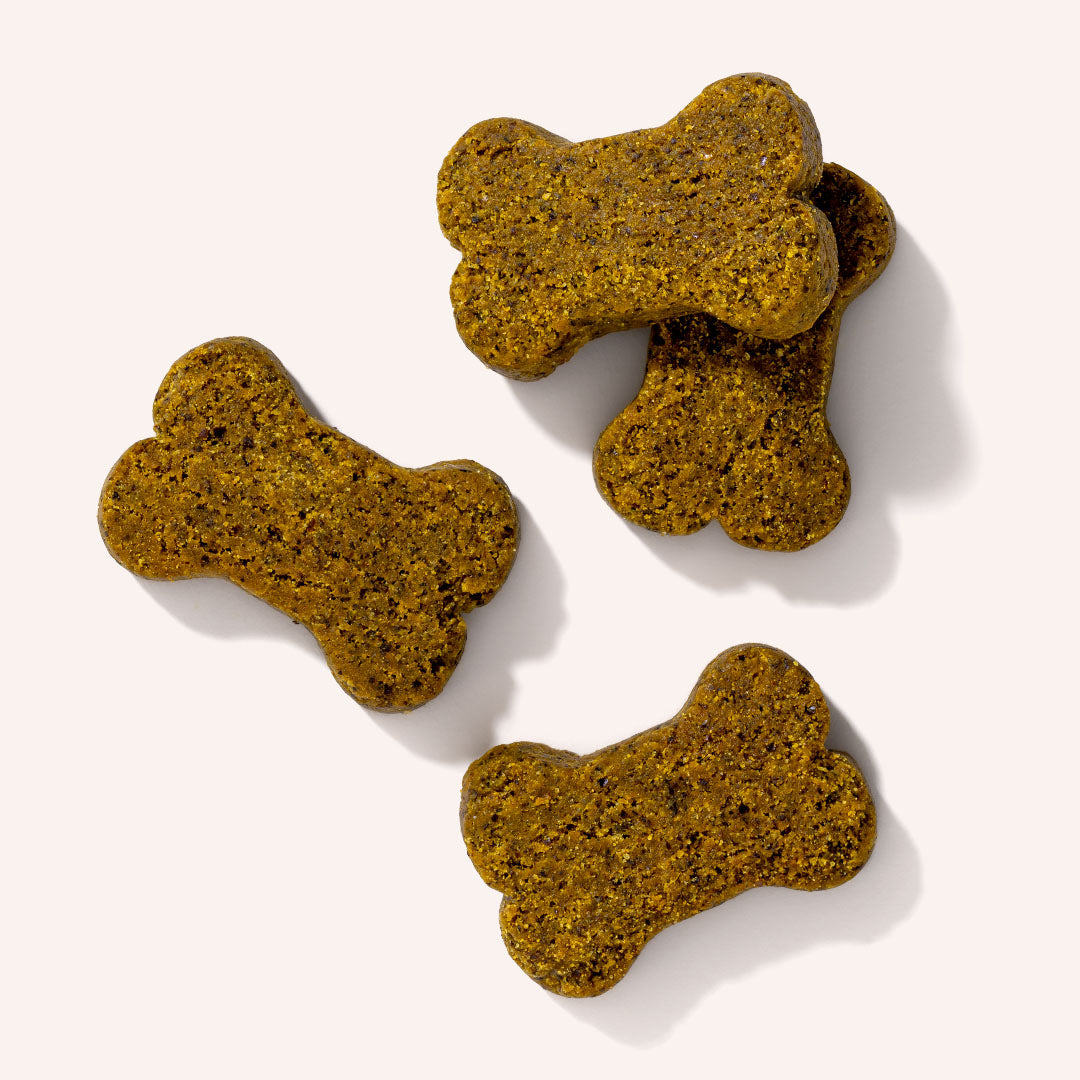

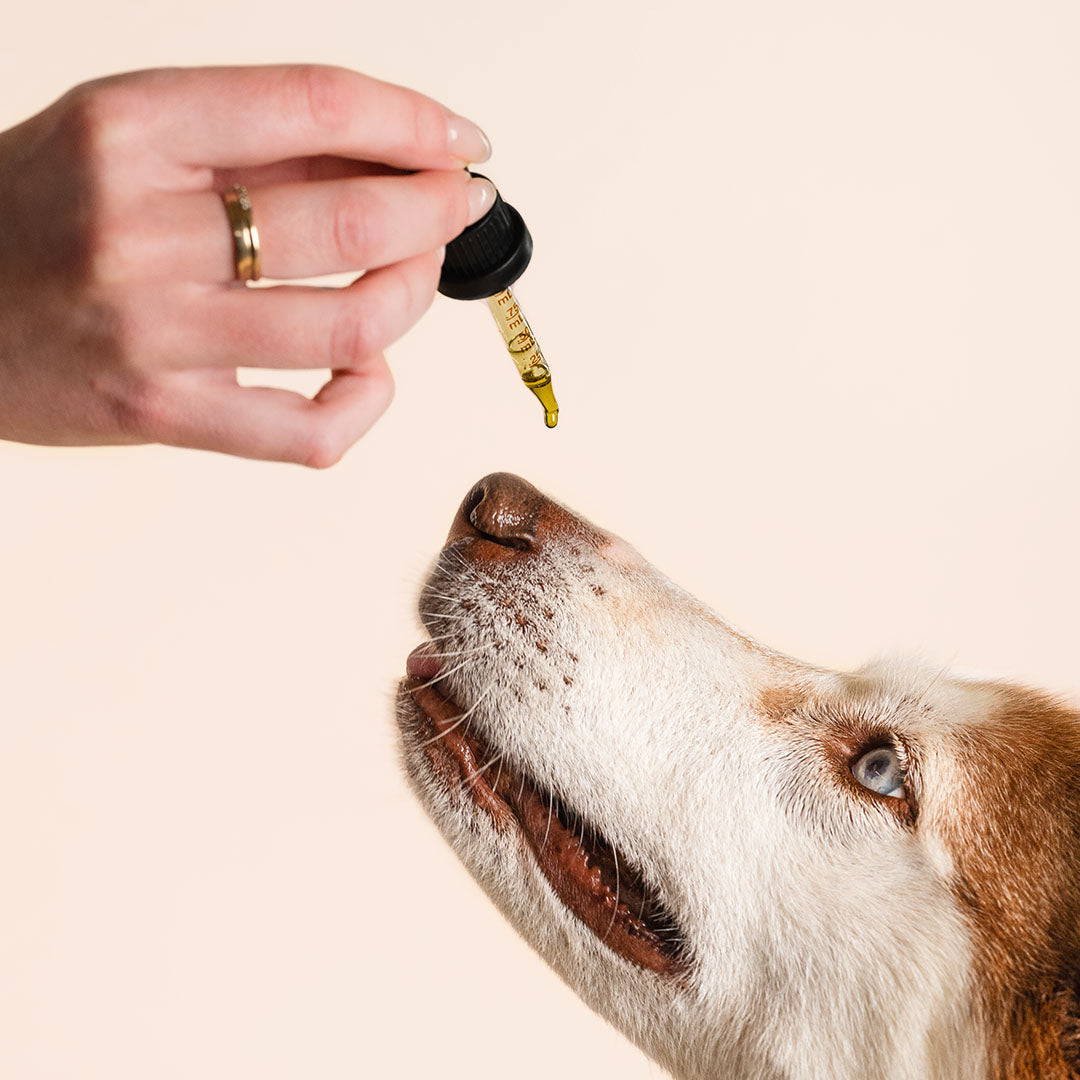


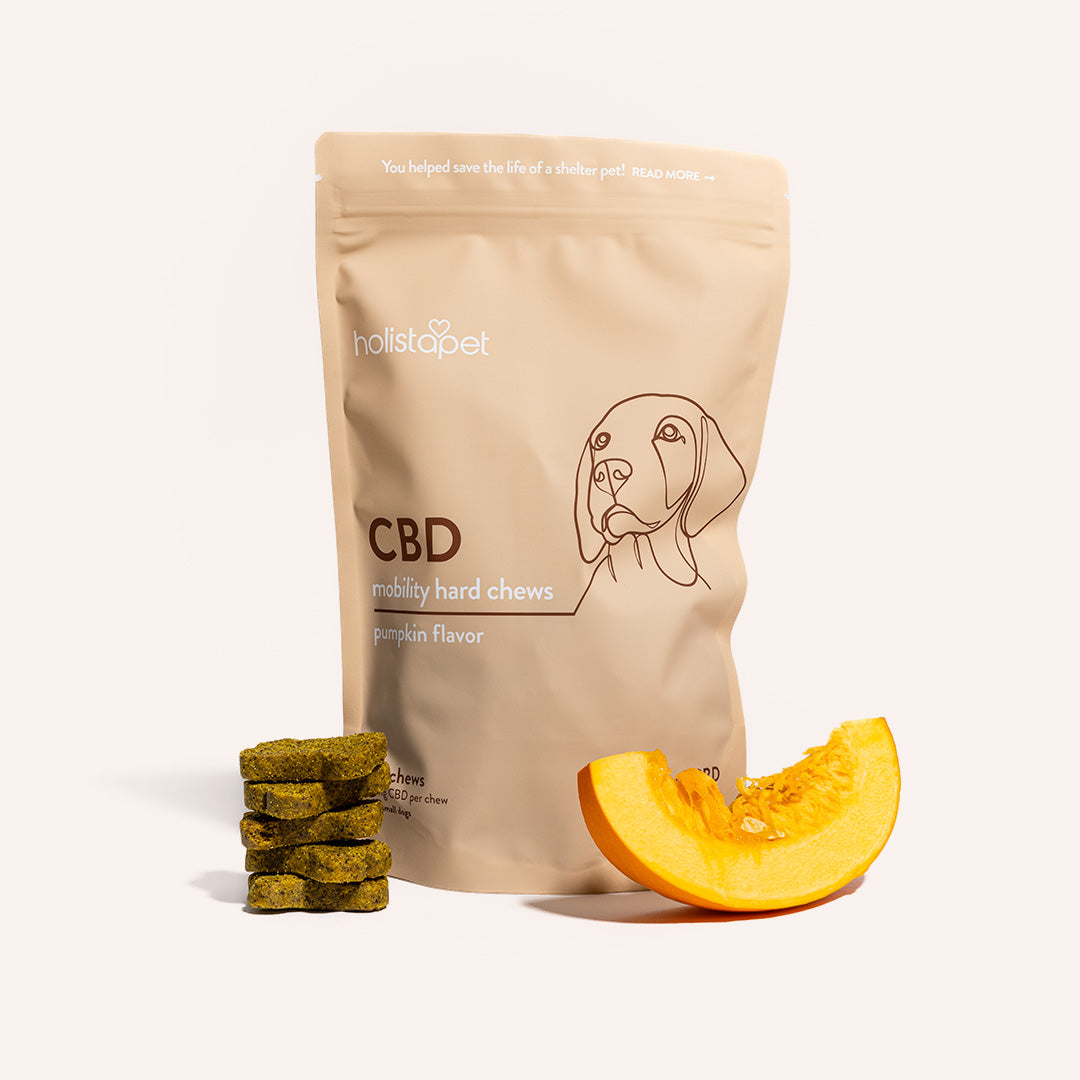
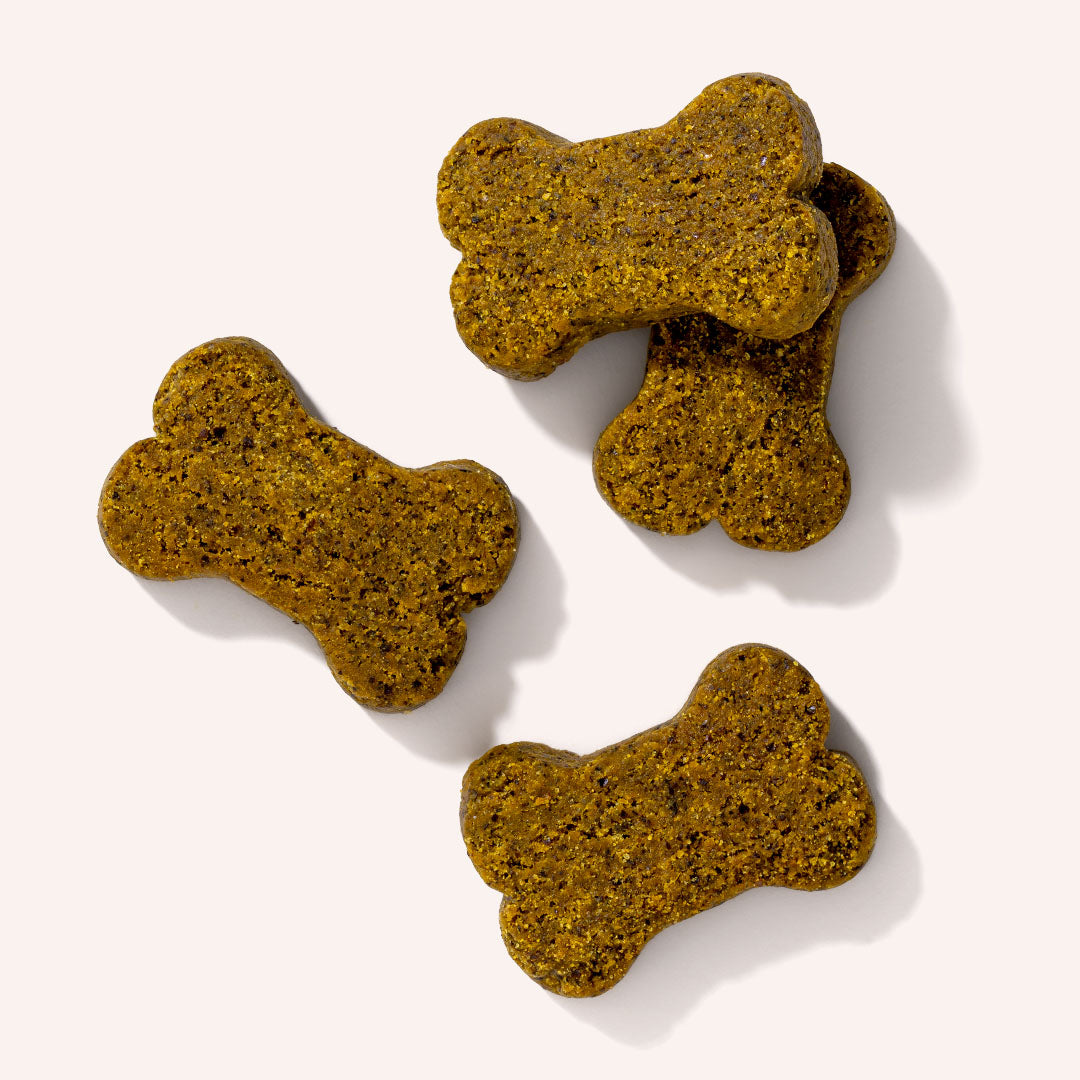

Leave a comment
All comments are moderated before being published.
This site is protected by hCaptcha and the hCaptcha Privacy Policy and Terms of Service apply.